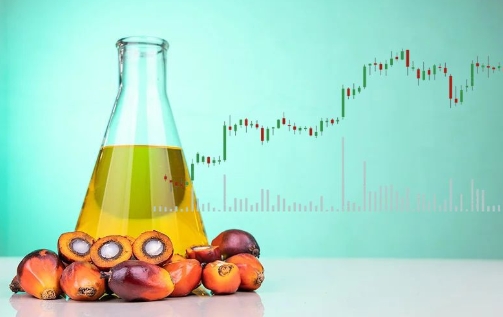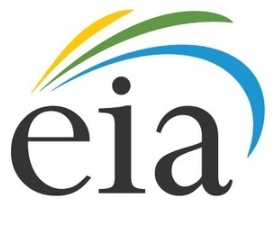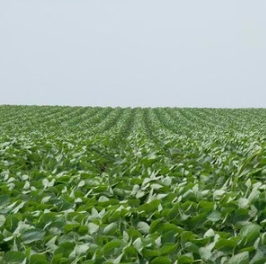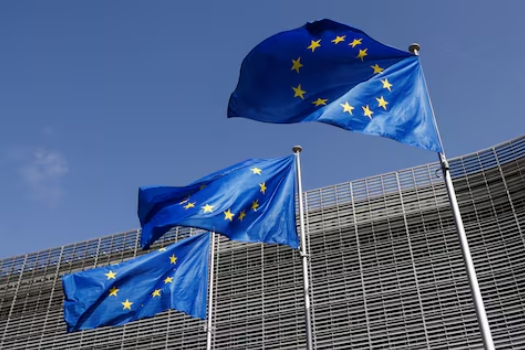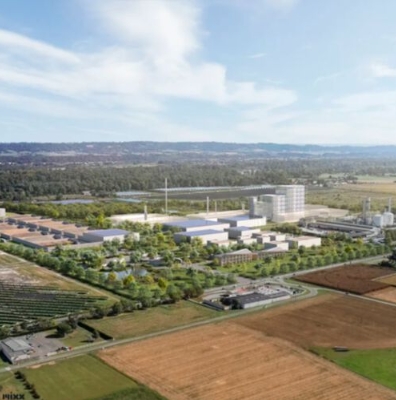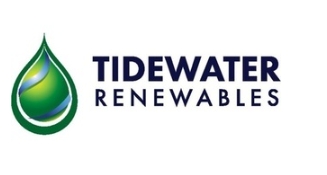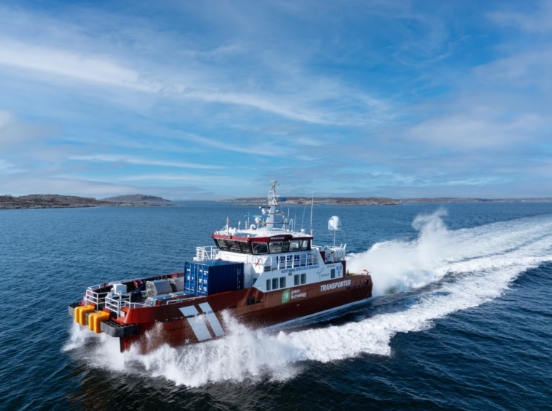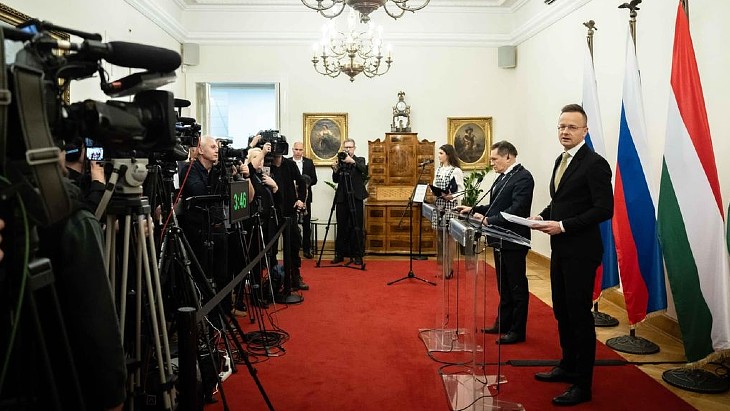
In an update on progress on the Russian nuclear power plant project in Hungary, Szijjarto said "work on the Paks investment is progressing at a good pace and continuously, and we can keep to our plan to connect the two new blocks to the grid by the beginning of the next decade".
He said that as well as Russia as the main contractor, and around 100 Hungarian companies already involved, there were also German, French, Austrian, Swedish and US companies among the subcontractors. Soil consolidation works were taking place over an area of 17-hectares, with 800 of about 75,000 piles drilled - in total, he said, "there will be about one and a half million metres of holes in the ground".
Likhachev said: "The current pace allows us to expect that all preparatory work at the site will be completed by the end of this year, which will provide the opportunity to proceed directly to pouring the first concrete. Therefore, I believe that this year will be especially significant for the entire project. It is also important that we have made significant progress in terms of optimising and updating the EPC contract, working together with the Hungarian side."
He said that production of the melt trap - which weighs about 700 tonnes, or roughly the same as 15 Airbus A320 planes - had been completed and it would be delivered in the autumn. He added that production of the reactor vessel would begin in Russia in April.
The core melt trap is a key bit of safety equipment - it is a container in the form of a steel cone which in the event of an emergency will securely hold the melt of the core and not allow radioactive substances to leave the containment of the reactor. It is expected to be transported by barge across the Black See and then along the Danube - its scale means specialist updates to the port facilities at Paks will be needed.
The Paks II project was launched in early 2014 by an intergovernmental agreement between Hungary and Russia for two VVER-1200 reactors to be supplied by Rosatom, with the contract supported by a Russian state loan to finance the majority of the project. The construction licence application was submitted in July 2020 to build Paks II alongside the existing Paks plant, 100 kilometres southwest of Budapest on the banks of the Danube river. The construction licence was issued in August 2022 and a construction timetable agreed last year which set out plans to connect the new units to the grid at the beginning of the 2030s.
The 2014 goal of the project was for 40% of the project to go to domestic companies, and the Russian side undertook to select 55% of suppliers in accordance with European Commission regulations.
The existing four units at Paks are VVER-440 reactors that started up between 1982 and 1987 and they produce about half of the country's electricity. Their design lifetime was for 30 years but that was extended in 2005 by 20 years to between 2032 and 2037. In December 2022, the Hungarian Parliament approved a proposal to further extend their lifespan, which means the plant could keep operating into the 2050s.
Paks II is the first Russian nuclear power plant construction project in the European Union, with Hungary deciding to press ahead with the project despite wider European Union sanctions imposed on Russia.
